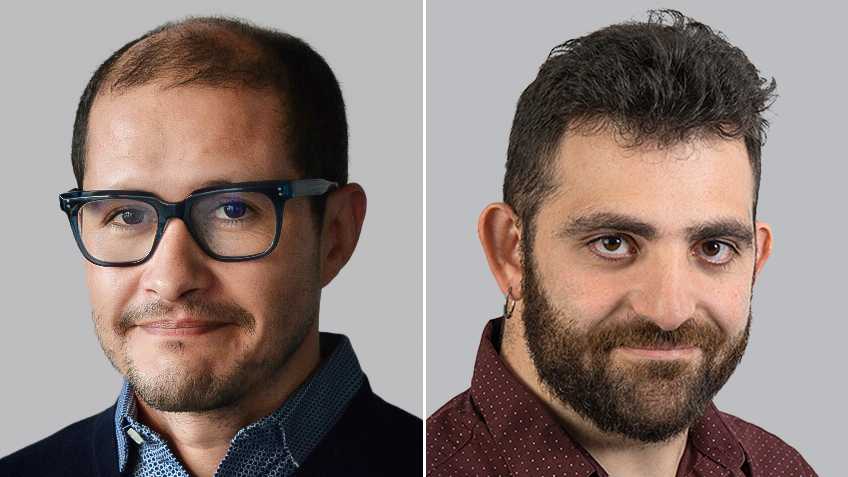New year, new professors
At the beginning of 2024, the Institute for Theoretical Physics will welcome Professors Juan Felipe Carrasquilla Álvarez and Nicolò Defenu.

At the beginning of 2024, the department will welcome Professors Juan Felipe Carrasquilla Álvarez, who will start on 1 January, and Nicolò Defenu, whose appointment will begin on 1 February. We look forward to greeting them in person; meanwhile, we asked them about the research topics they plan to investigate at ETH Zurich.
The group of Carrasquilla Álvarez will focus on how best to simulate strongly correlated quantum systems with classical and quantum computational resources. This fundamental question calls for a broad set of ideas at the intersection of artificial intelligence, condensed matter physics and quantum computing. The group will develop theoretical and large-scale numerical simulations, with an emphasis on quantum Monte Carlo, machine learning, quantum computing and tensor networks, with the aim of tackling theoretical and technological problems in quantum many-body physics and quantum computing. According to Carrasquilla Álvarez, ETH Zurich offers a unique convergence of state-of-the-art experiments and theoretical expertise in both machine learning and physics.
Defenu's research interests span a wide range of topics, including the out-of-equilibrium dynamics of cold atomic ensembles and the characterisation of critical exponents in classical phase transitions. His research team will further explore the intricate relationship between long-range interactions and disorder. Defenu's goal is to demonstrate how carefully designed inhomogeneities can mimic the unique low-energy scaling of quasi-particle spectra in long-range interacting quantum systems. The relevance of this approach lies in its potential capability to replicate fundamental physical properties of long-range interacting systems across different analog and digital quantum platforms.